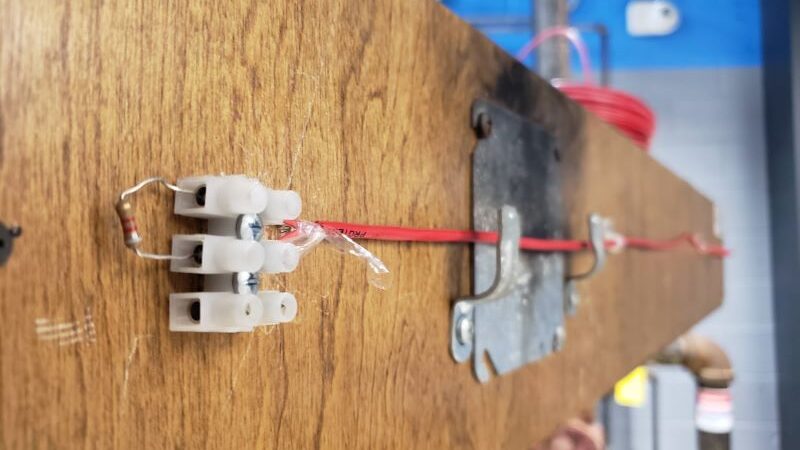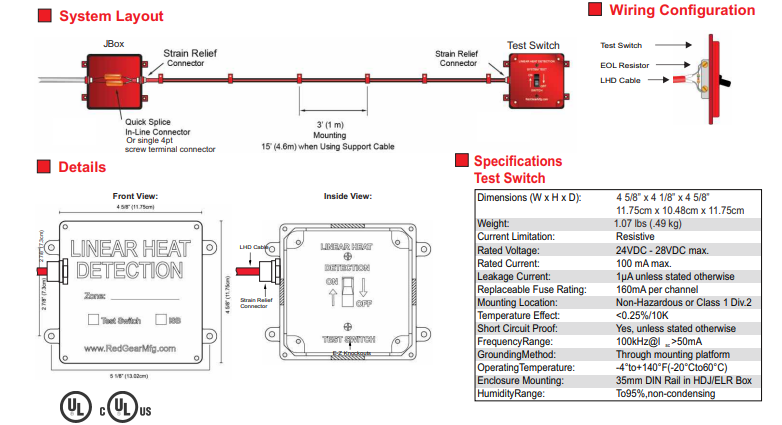Article by Matt Karver – Fire Alarm Systems Specialist
Every building or structure presents unique challenges that a fire protection engineer must consider when choosing the appropriate type of fire detection. There may be multiple solutions that meet code requirements, but not all strategies are practical to install, inspect, or maintain. Typically, the most efficient solution is to install spot-type detectors. Spot-type detectors are devices in which the detecting element is concentrated at a particular location, e.g., a 135-degree fixed heat detector in a boiler room or kitchen. However, spot-type detectors fall short when trying to protect large footprints that stretch thousands of feet or in locations that are not easily accessible with an inspector’s test pole. A solution to these examples is a line-type detector, which is a device in which detection is continuous along a path. There are multiple forms of line-type detection, some of which are projected beam smoke detectors and heat sensitive cable. For today, let’s focus on heat sensitive cable.
Linear heat detection is a jacketed cable that usually contains two conductors that are coated with a heat-sensitive polymer. The polymer is rated for different temperatures. When that temperature is exceeded, the polymer will melt, causing the conductors to short circuit and report an alarm back to the control unit. Most manufacturers of linear heat detection are compatible with any fire alarm system input zone or addressable input module. Some manufacturers also offer a dedicated linear heat detection control unit that will tell the end-user the exact distance along the cable where the cable was damaged. Once located, a technician can cut out the damaged section of cable and splice in a new length of cable with manufacturer approved splice connectors.
Applications where linear heat detection is used are in cold storage, in-rack storage that contain hazardous materials, conveyor belts, aircraft hangars, tunnels, bridges, elevator shafts, cable trays, and many others. A recent example where Oliver Fire Protection & Security implemented linear heat detection was a conveyor belt. Spot-type weatherproof heat detection was originally proposed to be installed above a 300-foot-long conveyor in a corrosive industrial environment. It would have required dozens of expensive custom-ordered heat detectors that would not be accessible to inspect and service unless the conveyor was shut down and an electric lift was brought on site to reach the devices. Ultimately, the project team agreed that linear heat detection was a more efficient and safe method to detect a fire in the conveyor. Traveler cables were installed above the conveyor to support the linear heat detection cable. A test switch was located in a safe, accessible location, which allowed the conveyor to run while performing the annual inspection. Due to the environment, a corrosive resistant jacket was chosen, which most linear heat detection manufacturers offer. The building engineer also decided to install a dedicated control unit that would help troubleshoot the exact location of a damaged section of cabling, to reduce downtime of the conveyor.
When faced with a unique project, linear-type detection is a valuable tool at your disposal. If your project has special circumstances and equipment that needs protecting, Oliver Fire Protection & Security can help design a system that fits your needs.


